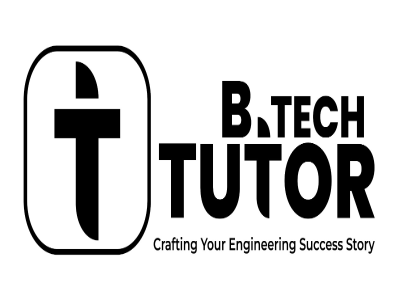
S3 Electronics and Communication Premium
Product information
- Number of chapters
- 77 Chapters
- Number of contents
- 315 Contents
₹6600.00
Offer Applied
Applied! You have saved
on this course.
All Subjects + Previous Year Questions and Solutions + Exam Time Live classes
